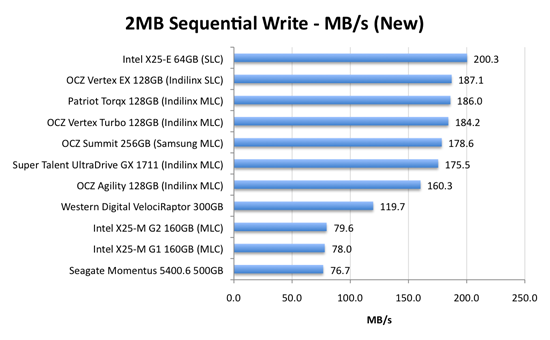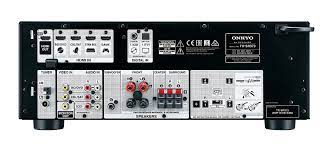An Explanation of Read and Write Speeds

For most individuals, when purchasing a new computer or storage drive, the read and write speeds are some of the primary concerns they consider. The typical user would like a device with fast read and write speeds. These speeds are essential in determining how quickly data can be transferred from one place to another. In this article, we will give an explanation of read and write speeds.
Read Speed
Read speed refers to the speed at which data can be extracted from a storage device. It is measured in megabytes per second (MB/s) and determines how quickly the device can open, read, and display content on the screen. When a file is requested from the drive, the read speed will determine how quickly the file is available to open and view. For instance, if you’re opening a large video file, the read speed will play a pivotal role in determining how quickly it will load.
The read speed also affects other processes, such as starting up the computer, accessing files, loading applications, and browsing the internet. Although the CPU and memory requirements also come into play, the read speed is a significant factor in loading times. Modern computers have improved on this since the introduction of solid-state drives (SSDs). SSDs utilize flash memory to store data, and they have faster read speeds than hard disk drives (HDDs). The average read speed for an SSD is between 200 MB/s and 550 MB/s, while the typical HDD has a read speed of around 50 MB/s to 150 MB/s.
Write Speed
Write speed is the speed at which data can be written to a storage device. It also measures in megabytes per second (MB/s) but determines how quickly data can be saved on the drive. Write speed is a crucial factor that comes into play when transferring files from one drive to another. It also affects when copying files onto the device, installing software or applications, and saving files.
As an example, when creating a document, the write speed is what determines how quickly the application can save the changes to the file on the drive. The speed of the write process may slow down if the storage device is almost full, making it difficult to save more files.
Similar to read speeds, SSDs also have faster write speeds than HDDs. The average write speed for an SSD is between 200 MB/s and 500 MB/s, while that of an HDD varies between 50 MB/s and 120 MB/s.
Conclusion
Reading and writing speeds are critical to the performance of a storage device. In general, SSDs have faster read and write speeds than HDDs. However, the speed also varies depending on the type of device, the file size, and the available space on the drive. Before you purchase a new computer, storage drive, or other hardware, ensure you consider its read and write speeds to guarantee improved performance. Overall, fast read and write speeds make for a better user experience, so always aim for the fastest speed your budget can afford.






